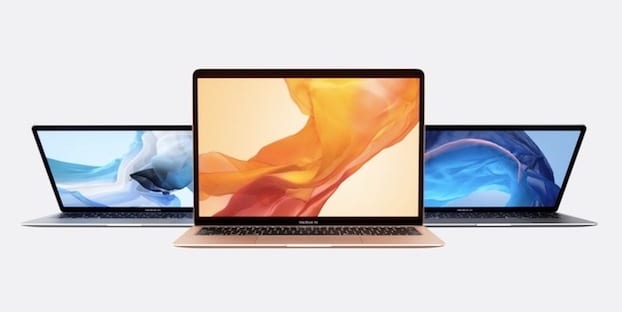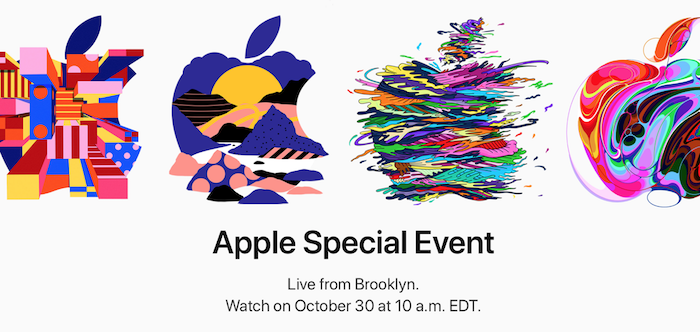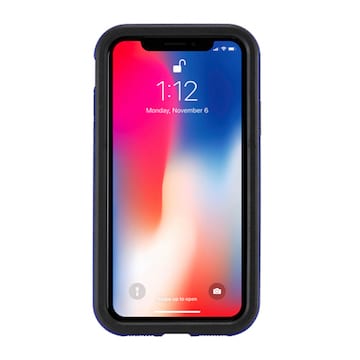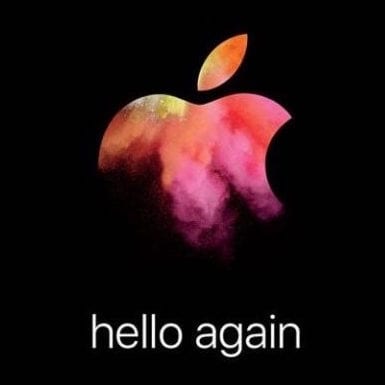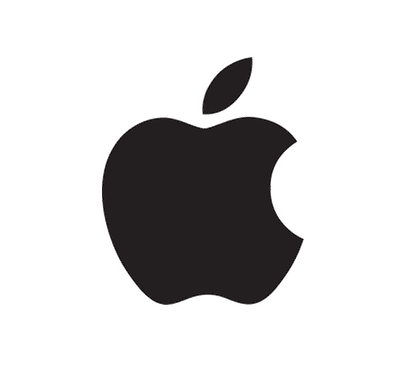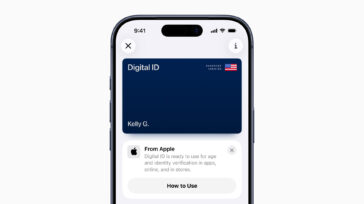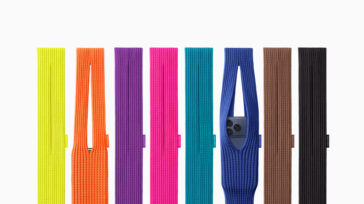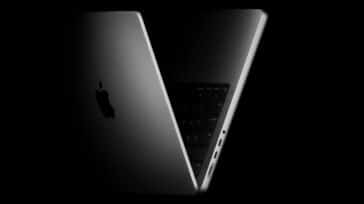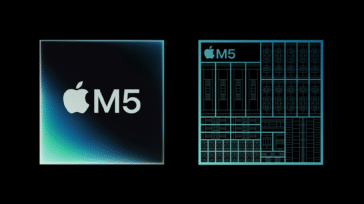Another Apple event is now history, with the “There’s more in the making” event held on October 30 in Brooklyn, NY delighting many users with long-awaited updates to two Mac lines and revealing new iPad Pro designs that further blur the distinction between laptop computers and tablets. For specifications on the new products, be sure to read yesterday’s event summary. In this article, I’ll take a deeper look into the announcements with an eye on where Apple might be heading in the future.
MacBook Air
Yesterday’s announcement of a new thinner, lighter and faster MacBook Air surprised a lot of Apple-watchers for one very good reason; many expected that the MacBook Air would be eliminated from Apple’s line of laptops, leaving the MacBook and MacBook Pro as the consumer and pro models. The announcement seemed to cement the MacBook Air into the MacBook lineup for years to come, although it does leave some unanswered questions…
For example, the 11-inch MacBook Air no longer exists. Many people liked the diminutive model for its extreme portability; now they’re getting a MacBook Air that weighs about the same, but is slightly larger. At an entry price of $1,199 for the new 13-inch MacBook Air with a Retina display, Thunderbolt 3 and Touch ID (Apple does still offer the older model at $999), the Air is encroaching on the market currently served by the 12-inch MacBook. In fact, it appears that the old market logic of the Air being an entry-level machine, the MacBook being a slightly more capable mid-range machine, and the MacBook Pro being the high-end model has been disrupted. I’d venture to say that the MacBook now occupies the low-end of the price and capability range, since it has the smallest screen, the lightest weight, and the slowest processors.
So that begs the question: does Apple really need three different laptop models? Will the MacBook be discarded in the future, or will it continue as a third choice for customers. In my opinion, I’d say that Apple should just stick with the MacBook Air and MacBook Pro to streamline the laptop choices and offer less confusion in the market. As you’ll find in the last section of this article, I believe that Apple might be making the iPad Pro such a powerful and versatile device that the entire MacBook line could some day become second fiddle.
Mac mini
Finally! After four years since the last update to the Mac mini, the versatile headless Mac received the attention it deserves. The mini has always been a workhorse, kind of a “poor man’s Pro” if you will. Apple acknowledged the love that customers have for the mini in a short video that showed it being used as a media server, a workgroup server, in a render farm for a filmmaker, and as a colocated server for a company with thousands of Mac minis in racks (MacStadium).
Although I had personally wished for a tiny Apple TV-like device that could be discreetly mounted on the back of a monitor, Apple wisely chose to keep the same form factor as before. At this point the new Mac mini is one of the few Macs that can be user-upgraded; there are two SO-DIMM slots located just inside the removable bottom “door” that can be populated with RAM from MacSales.com that’s less costly than what you’d pay Apple for. For example, Apple charges $1,400 for the upgrade from the base 8GB of RAM to the maximum of 64GB. That same RAM costs you just $1,079 from MacSales.com.
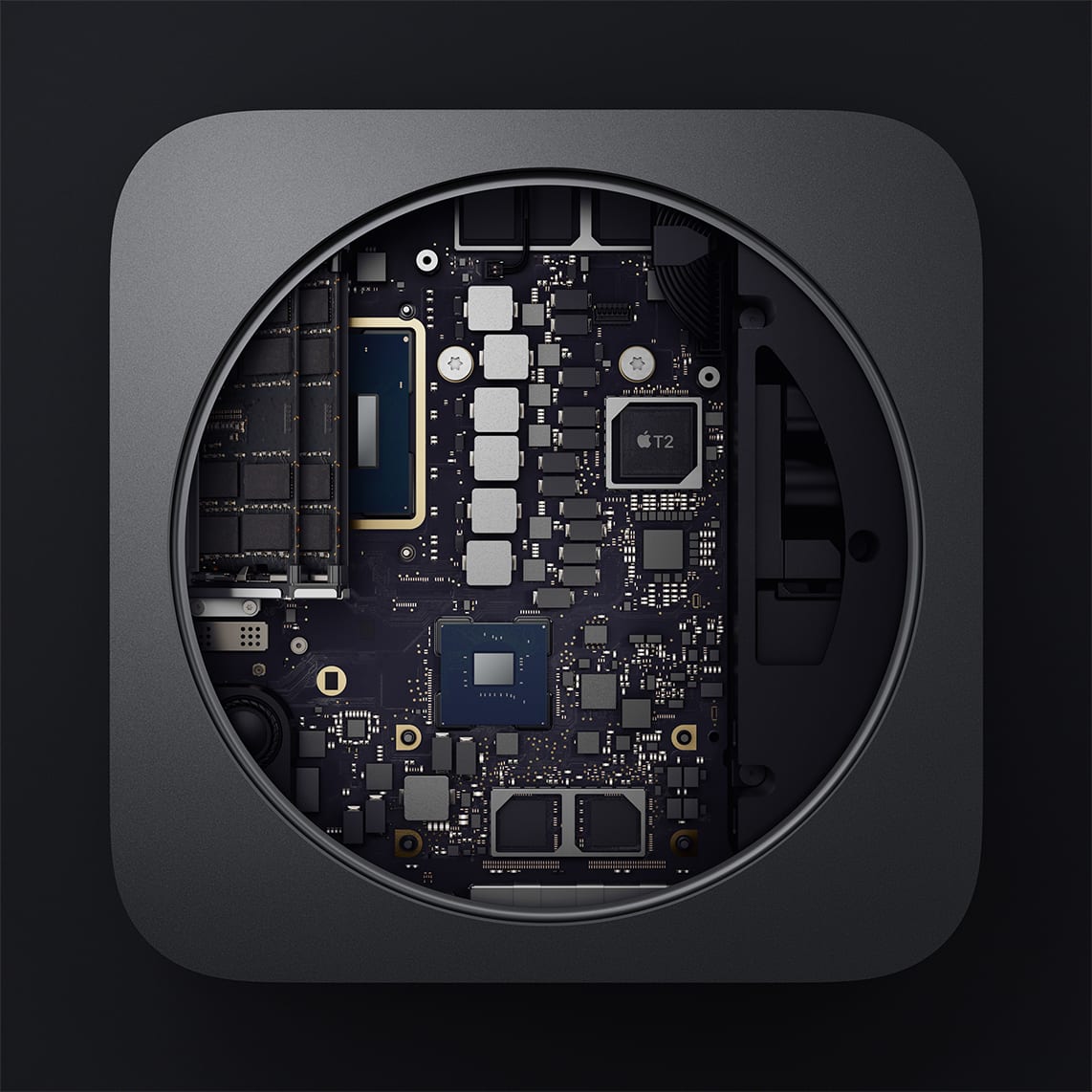
It doesn’t appear that you can upgrade the internal solid-state drives on your own; we’ll have to wait for a teardown of the new mini to see whether that’s possible.
Adding Thunderbolt 3 ports — four of them! — while keeping two standard USB-A 3.1 ports is brilliant. Including the Thunderbolt 3 ports provides access to a growing number of fast external drives and storage arrays, eGPUs (external Graphics Processing Units), ultra-high definition 4K and 5K monitors, and more. Take a look at all that OWC offers in terms of Thunderbolt 3 accessories here.
One of the concerns of small business server administrators has been answered with the upgraded Mac mini, but there’s still a problem for those who wish to use the mini as a server: Apple has been slowly disabling many of the services included in macOS Server or moving them to macOS. About the only services that Apple currently offers with macOS Server 5.7.1 are Profile Manager, Open Directory, and Xsan. File Server, Caching Server and Time Machine Server have all been migrated to macOS High Sierra and Mojave, but all other services must now be provided by other applications. Apple recently updated its support page on the status of macOS Server, and the tools that have been removed are listed along with their recommended alternatives.
The bottom line? If you still want a Mac mini server, you can have one — a powerful and up-to-date one. You’ll just need to spend a lot more time setting up the services that you need.

iPad Pro
Perhaps the biggest announcement of the day was the introduction of two new iPad Pro models; an 11-inch model (replacing the old 10.5-inch diagonal model) and a 12.9-inch model. The 11-inch improves on the screen size of the 10.5-inch while being about the same size; the 12.9-inch model is actually quite a bit smaller than the old model, now reflecting the size of a piece of standard US 8.5″ x 11″ paper. For those who thought the original 12.9-inch model was a bit bulky (I’m raising my hand here…), the new size should make you happy. The smaller size is brought about by removing the bezel from around the display and eliminating the Home button, two things that debuted last year with the iPhone X. The result? iPad Pro models that take up 25% less volume than their predecessors.
These are powerful machines, and that is why I wonder what Apple’s future plans are. If you take a look at the Windows world, convertible laptop/tablets such as Microsoft’s Surface line are becoming more popular. They’re full-featured laptops with touchscreens and removal keyboards. Looking at some of the new accessories for iPad Pro, including a new Smart Keyboard Folio and revised Apple Pencil, one could begin to wonder if Apple is moving in that direction as well.
Even Apple CEO Tim Cook kept referring to it as “one of our most powerful computers” during his talk, and he’s right. The A12X Bionic chip is the fastest SoC Apple makes, with four performance cores and four efficiency cores. Add an Apple-designed GPU with seven cores and a Neural Engine for machine learning, and you have a device that can easily run powerful apps. In fact, Adobe demonstrated the upcoming “real” Photoshop CC for iPad Pro and an augmented reality project, and the iPad Pro flew right through the complex demos.

The new iPad Pros also beat the MacBook Pro series to Face ID — that’s a feature that’s not on any Mac at this point. The iPad Pros have Gigabit-class LTE — another feature not on any Mac. The new Apple Pencil charges wirelessly while holding itself onto the iPad Pro, another brilliant design point and something that’s been needed for a long time. The iPad Pro can even connect to 5K external monitors with its new USB-C connector.
Are today’s MacBooks, MacBook Airs, and MacBook Pros just a holdover until Apple sees most of its customers opting for the less-expensive and more portable iPad Pros? I’m of mixed emotions about this. I have tried several times — unsuccessfully — to rely only on an iPad Pro to do my work while I’m on the road, and it still requires too many workarounds. But the sheer power of the new device has me once again thinking about ditching the MacBook Pro for an iPad Pro.
The Bottom Line
Many of us in the Mac world were wondering if Apple had given up on the MacBook Air and Mac mini. Now we have an answer; the company is definitely investing in the future of those two devices. Apple’s also creating what may soon become the replacement for its laptop line with the new iPad Pro.
Next year’s Mac event will most likely cover the two remaining Macs in Apple’s lineup: the iMac and the Mac Pro. The iMac could definitely use a redesign to reduce its bezel size and overall weight, while the Mac Pro has been in the works for too long. For now, though, it’s certainly obvious that Apple is paying attention to the Mac while looking ahead at the future.
Related reading: Three Paths Apple Could Take the Modular Mac Pro in 2019, Part 1
